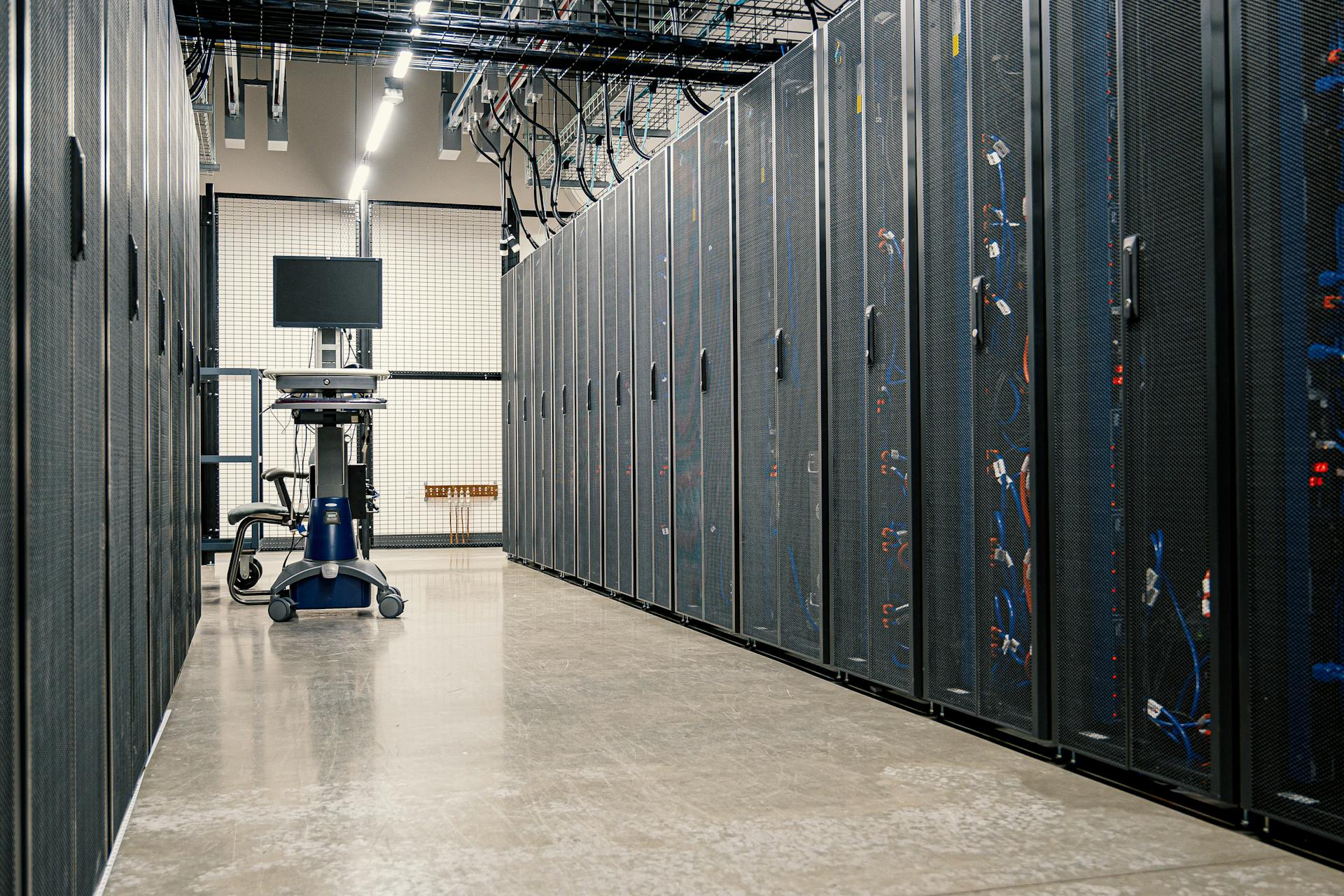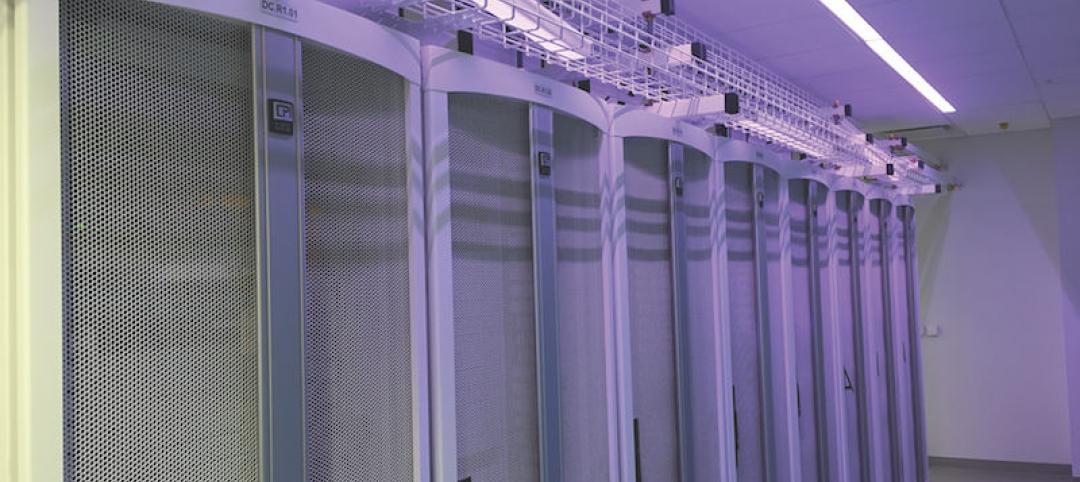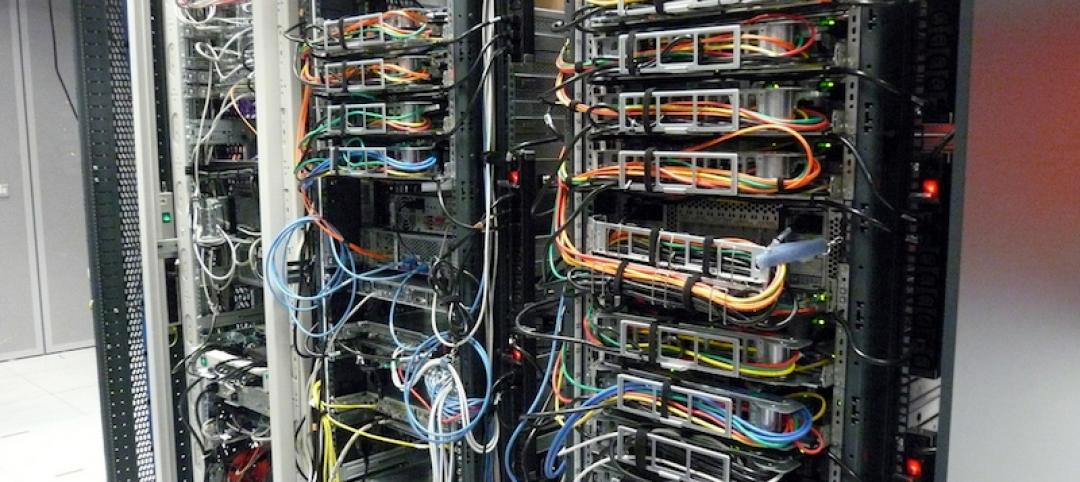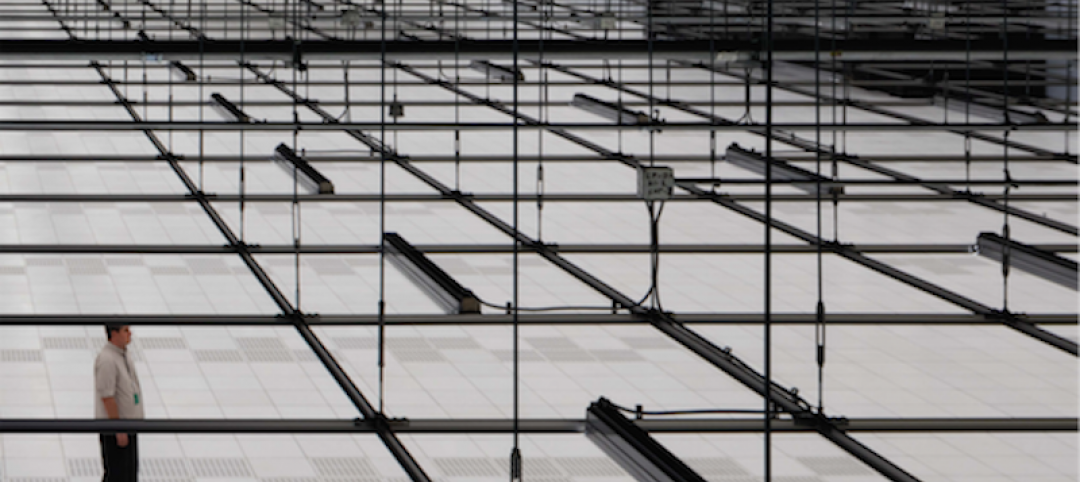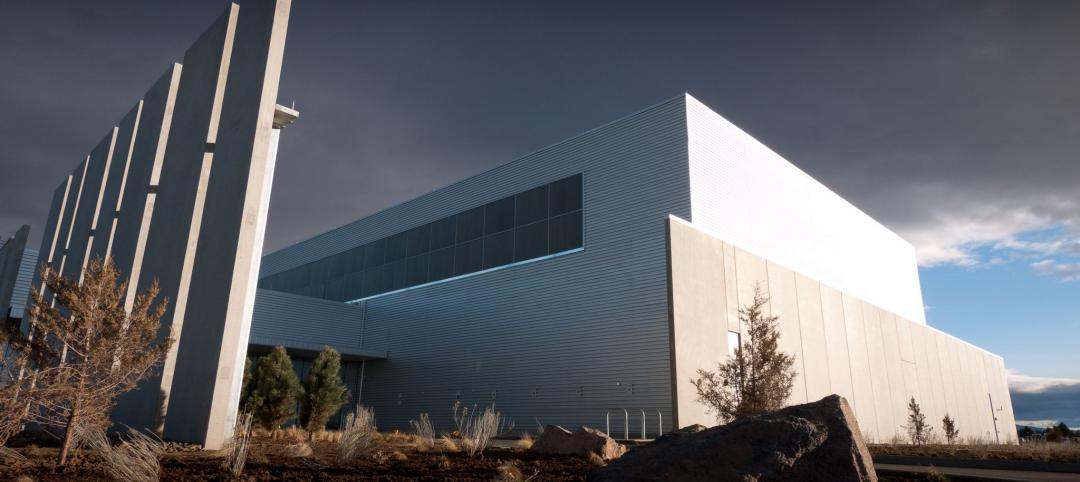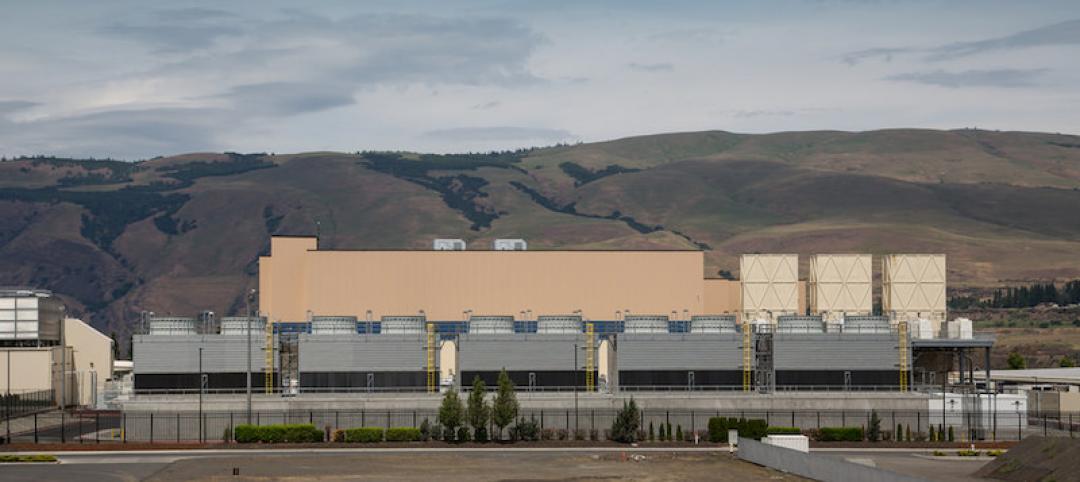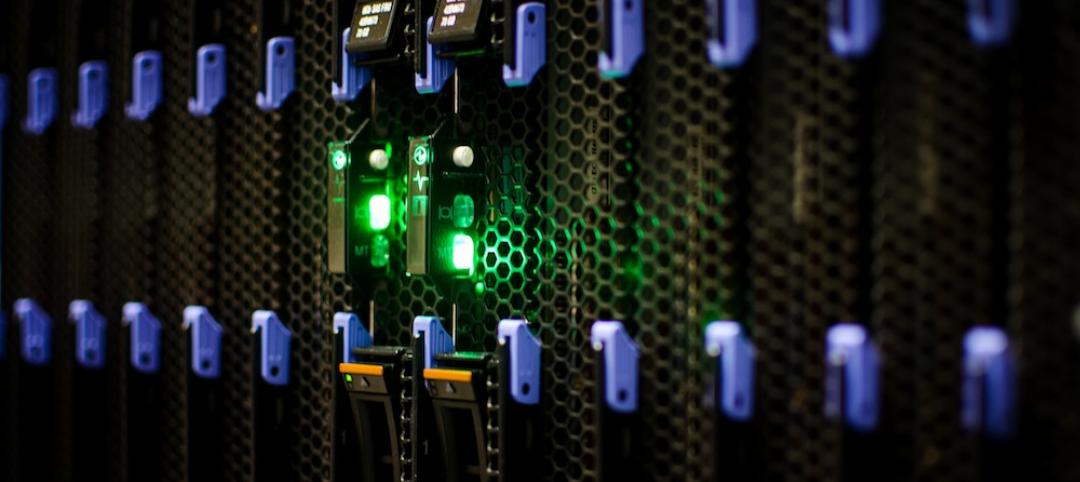A projected surge in data-dependent technologies, including the Internet of Things (IoT) and generative artificial intelligence (AI), globally will require substantial IT infrastructure support provided by edge data centers. Analysis by global real estate consulting firm JLL (NYSE: JLL) predicts edge IT infrastructure and data centers will become a $317 billion market globally by 2026, representing a 107% growth from the 2020 market valued at $153 billion.
JLL defines an edge data center as a facility that brings computing power closer to where the data is generated or consumed. Globally, the growth of edge computing will be influenced by the not only the emergence several technology-based megatrends but also the need for faster data transfer and high computation, as well as factors such as policies and regulations. From an infrastructural standpoint, organizations rely on edge data centers to process and analyze data in real-time at the edge of the network, facilitating faster decision-making and more efficient operations.
The rise of edge IT infrastructure focused on data centers will mirror the growth of IoT devices, which JLL analysis projects will expand at a compound annual growth rate (CAGR) of 9.8% over the next five years. JLL’s analysis of a 2023 survey1 of data center professionals cited the requirement for low latency and high bandwidth (41%) was the most important driver for edge data center deployments, followed closely by data security and privacy (38.3%).
Consumers and enterprises demanding improved products and services like low latency, high computing, generative AI and omnipresence will likely ensure that the cloud environment and future of edge data centers remain healthy with the opportunities observed. In addition, Asia Pacific (APAC) and the Middle East North Africa (MENA) regions, which hold significant growth potential due to rising internet and mobile penetration among the rural population, will further support opportunities in the addressable edge data center market. In the United States, 21% of data center development is happening in edge geographies.
“Consumers and corporations will continue to adapt to transformational technologies within daily life and without the distribution of data processing and storage across various locations, cutting edge efficiencies and solutions like IoT and generative AI will not transition to mainstream acceptance,” said Jonathan Kinsey, EMEA Lead and Global Chair, Data Centre Solutions, JLL. “Edge data centers will be essential to ensure both seamless business operations in the future economy while also improving security measures and protecting against potential disruptions. By lowering latency by bringing the computing infrastructure closer to the data source and user, edge IT infrastructure will become an essential component in the international economy.”
JLL analysis concludes that enterprises typically use a combination of different data center types, including on-premises, colocation, cloud and edge, when deploying their IT infrastructure, depending on user needs. However, the continual growth in data and connected devices has driven the need for increased storage, computing and network capabilities closer to the end points of use and created a need for edge computing and associated data centers.
The size of the edge computing market can be measured in different ways. JLL’s estimate of a $317 billion total addressable market comprises the complete IT infrastructure, colocation revenue, colocation supply and cloud services revenue, all specifically at the edge. From the IT infrastructure lens, the edge computing market consists of all the IT hardware, including storage, computing and networking equipment that enable the delivery of digital services at the furthest points of a network.
Learn more in JLL’s The Enduring Significance of Edge Data Centers report.
1 Source: DatacenterDynamics, Enterprise Edge Adoption Trends Survey Report, 2023.
Related Stories
Data Centers | Oct 10, 2016
Data centers enter new era of innovation
AEC firms see opportunities as consultants for clients trying to figure out which data center solution works best for their IT, computing, and distribution needs.
Data Centers | Sep 26, 2016
Micro data centers keep IT departments connected to computing
Over the past two years, SmithGroup has been getting more requests from clients for micro data centers.
Data Centers | Sep 19, 2016
New ANSI/ASHRAE data center standard is performance-based, more flexible
The aim of the standard was to ‘not stifle innovation.’
| Aug 10, 2016
DATA CENTER GIANTS: Information overload is pushing the limits of mission-critical facilities
Streamlined design and delivery approaches for individual business enterprises and co-location facilities are being born out of the necessity to bring new capacity online as quickly as possible.
| Aug 10, 2016
Top 50 Data Center Engineering Firms
Vanderweil Engineers, Jacobs, and Syska Hennessy Group top Building Design+Construction’s annual ranking of the nation’s largest data center sector engineering and E/A firms, as reported in the 2016 Giants 300 Report.
Data Centers | Aug 10, 2016
Top 40 Data Center Construction Firms
The Whiting-Turner Contracting Co., Holder Construction Co., and DPR Construction top Building Design+Construction’s annual ranking of the nation’s largest data center sector construction and construction management firms, as reported in the 2016 Giants 300 Report.
| Aug 10, 2016
Top 30 Data Center Architecture Firms
Gensler, Corgan, and HDR top Building Design+Construction’s annual ranking of the nation’s largest data center sector architecture and A/E firms, as reported in the 2016 Giants 300 Report.
Mixed-Use | Apr 24, 2016
Atlanta’s Tech Square is establishing The ATL’s Midtown district as a premier innovation center
A much anticipated, Portman-developed tower project will include collaborative office spaces, a data center, and a retail plaza.
Data Centers | Apr 1, 2016
ASHRAE releases publication on the impact of IT equipment on data center design
The book offers advice for designing structures in the fast-changing data center industry.
Data Centers | Feb 1, 2016
Microsoft tests submersible data centers
The project, named Project Natick, featured a successful prototype trial run last summer.


